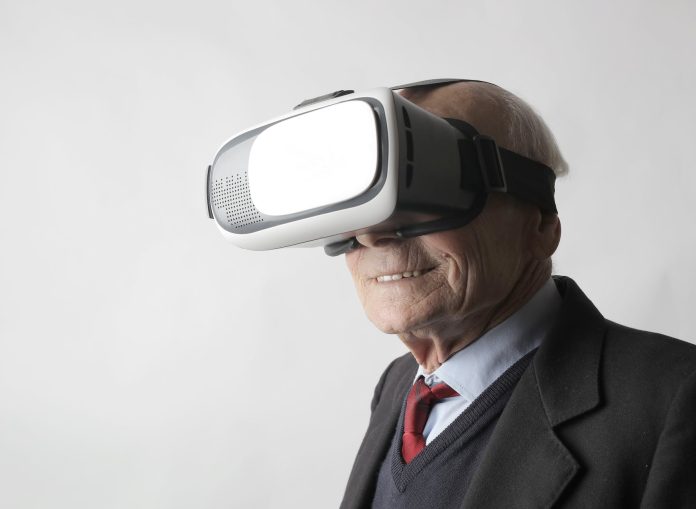Title: Augmented Reality Applications in Education: Revolutionizing Learning Experiences
Introduction:
Imagine a world where students can explore the depths of the ocean, travel back in time to witness historical events, or even dissect virtual organisms without the need for a physical laboratory. Welcome to the realm of Augmented Reality (AR) applications in education, where the boundaries of traditional learning are shattered, and a new era of immersive and interactive education begins.
Engaging and Immersive Learning:
AR applications in education offer an unparalleled level of engagement and immersion. By overlaying virtual elements onto the real world, students can interact with 3D models, animations, and simulations, making abstract concepts come to life. For instance, instead of reading about the solar system, students can use AR to explore planets, examine their composition, and witness the awe-inspiring beauty of our universe.
Enhancing Understanding and Retention:
One of the key advantages of AR in education is its ability to enhance understanding and retention. By providing a multi-sensory learning experience, AR applications cater to different learning styles and help students grasp complex concepts more easily. For example, in biology classes, students can use AR to visualize the inner workings of the human body, understand biological processes, and even perform virtual dissections, fostering a deeper understanding of the subject matter.
Personalized and Adaptive Learning:
AR applications have the potential to revolutionize personalized and adaptive learning. With the ability to track and analyze individual progress, AR can provide tailored learning experiences that cater to each student’s strengths and weaknesses. Through real-time feedback and adaptive challenges, students can learn at their own pace, ensuring a more effective and efficient learning journey.
Breaking Barriers and Fostering Collaboration:
AR applications also break down geographical barriers and foster collaboration among students. With AR-enabled devices, students from different parts of the world can collaborate on projects, share their virtual creations, and learn from each other’s perspectives. This global connectivity not only expands students’ horizons but also prepares them for the increasingly interconnected world they will enter as future professionals.
Conclusion:
Augmented Reality applications in education have the power to transform the way we learn and teach. By providing engaging and immersive experiences, enhancing understanding and retention, personalizing learning, and fostering collaboration, AR opens up a world of possibilities for students and educators alike. As we embrace this technology, we embark on a journey towards a more interactive, inclusive, and effective education system that prepares students for the challenges and opportunities of the future. So, fasten your seatbelts and get ready to embark on a thrilling educational adventure with Augmented Reality!


